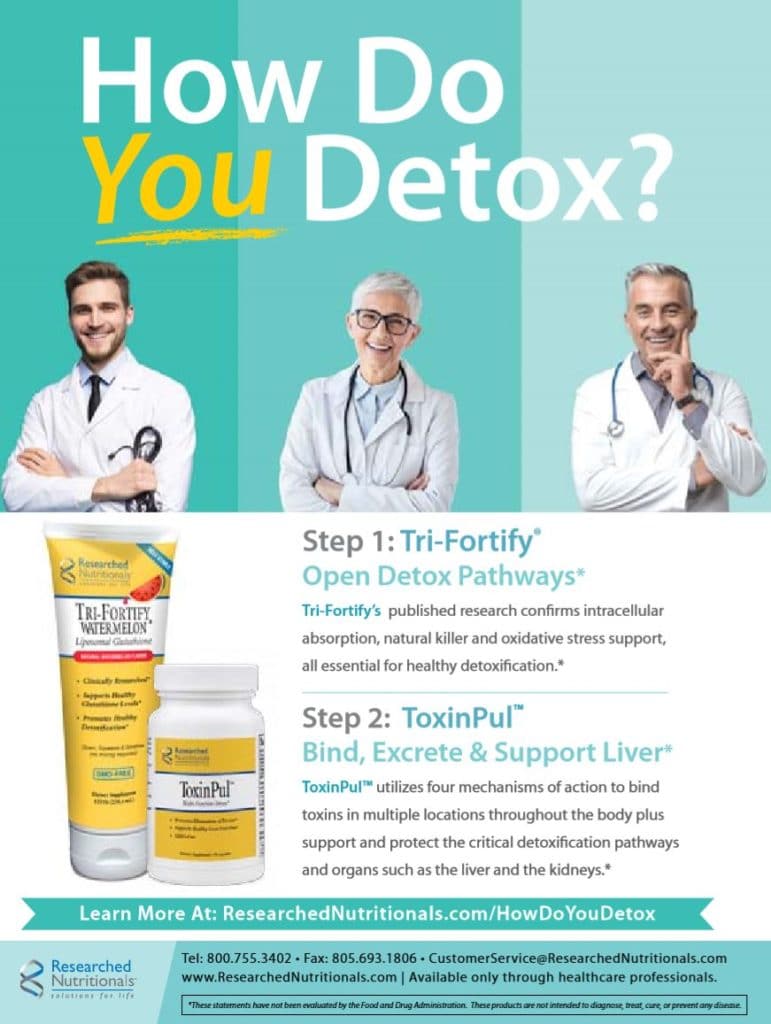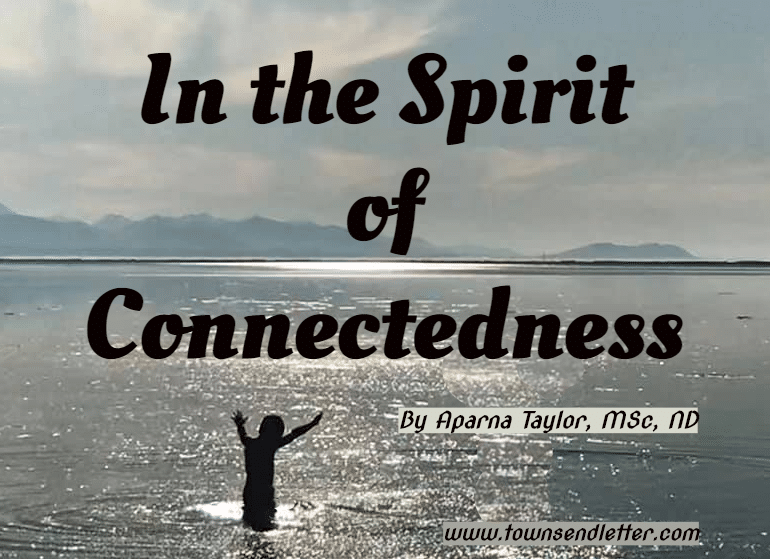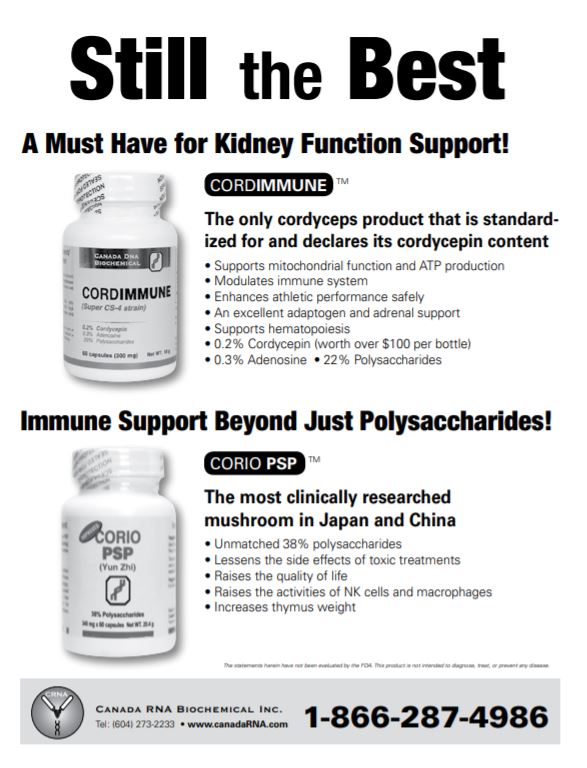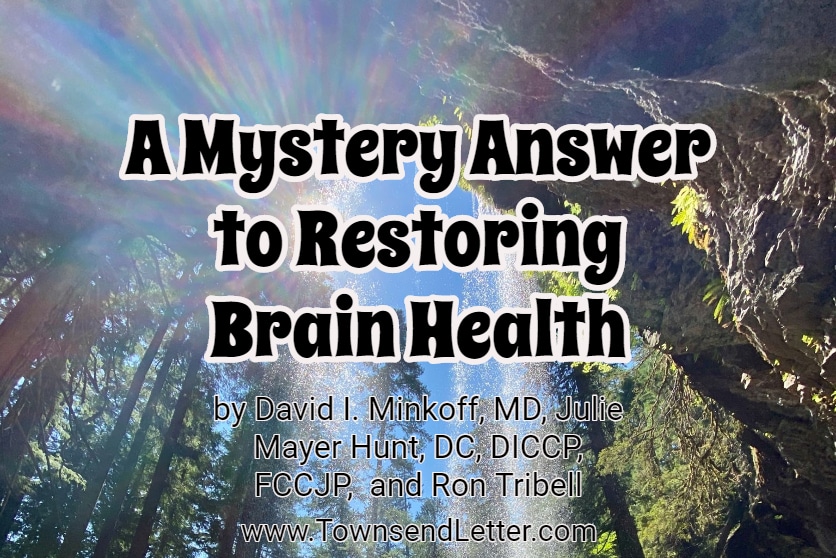Another Pandemic Casualty—Medical Freedom of Speech
In the wildly ribald movie of the 1990s, The Big Lebowski, John Goodman’s character, Walter, who is remembered for quipping a few dozen hilarious but off-color lines, defends his oafish loud-mouthed conversation to the waitress in a diner stating “the Supreme Court roundly rejected prior restraint.” Goodman asserts a valid legal concept, “prior restraint,” incorrectly to reject the waitress’ attempt to ask him to quiet down. The humor aside, the first amendment protects our right to free speech. Preventing a book or an article from being published are examples of prior restraint—forbidden by the US Supreme Court. Once the work has actually been published and distributed, banning it would no longer be prior restraint but censorship. Censorship is also forbidden by the first amendment, but censorship has taken a new turn during the COVID-19 pandemic. A new standard has been sanctioned without legal basis to censor any speech or writing or information that is tacitly assumed to be false information regarding the diagnosis and treatment of the virus. Medical authorities, media, and social media platforms have arbitrarily decided that general consensus statements and protocols of the WHO, CDC, the FDA and other public health authorities are valid and any contrary or opposing opinions are not only invalid but must be censored.
Outrageously, some smug commentators deny that it is censorship and label such activities as “moderating”—as in social media platforms are “moderating” content being posted. Seriously, moderating! Censorship is censorship. Facebook, Twitter, YouTube under pressure from medical authorities are now removing all information posted that contradicts mainstream understanding of how the virus is to be prevented, treated, and controlled. Unlike removal of disinformation created by trolls, the information now being removed includes opinions by health professionals who do not accept the status quo and voice opposing viewpoints. The most frequently censored item is undoubtedly any discussion that asserts that wearing masks does not effectively prevent spread of the virus. In August, information touting the benefit of the drug hydroxychloroquine in treating COVID-19 was loudly decried as disproven by several large placebo-controlled studies; physicians who asserted patient benefit were denigrated and their reports were censored. When the social media platforms censor a posting, that information is essentially impossible to find by Google search. It has not yet come to the place where book publishing is being banned but stand by. Given the essential universal dependence of academics and public on information found on the web, censorship is a big problem and a very worrisome problem.

What will be next? Can we expect public health authorities to demand prior restraint of information posted on the web? We do see this prior restraint in communist and autocratic countries. While we do have the US Supreme Court decision, we are beginning to slide down a slippery slope where information is being withheld under the faulty thinking that public health safety demands the elimination of any medical opinions that argue against the mainstream. It has reached the level that doctor is now battling against doctor. Physicians who demand that the only acceptable medicine is “evidence-based” medicine are becoming belligerent against doctors who use best clinical judgement in treatment of their patients. Medicine is becoming so polarized that the “red/blue” division is entering into the hospital and clinic; physicians are beginning to wage degradation campaigns against physicians who do not stick absolutely to the “standard of care.”
Readers of the Townsend Letter who are naturopathic physicians as well as functional medicine doctors are interested in keeping abreast of evidence-based medicine. Nevertheless, most practitioners have been interested in incorporating alternative diagnostics and therapies. The patients who seek alternative care do not want to be restricted to guidelines set down by the FDA and CDC. Despite the constant drumbeat of the media that the only way to be able to end the pandemic is through the entire population being vaccinated, there is a vast, visceral repulsion among patients and practitioners to agree to vaccination for COVID-19. We should assume that the social media platforms and general media will be censoring any anti-vaccine information. Will network operators that license individual websites begin to sanction those that post information considered to be contrary to public health consensus? Will medical boards initiate investigations of physicians who voice opposing opinions? Will the web be policed by some new superagency that will become the ultimate arbitrators of what is acceptable and what is not acceptable medical information?
In The Big Lebowski, Jeff Bridges who plays “the dude” protagonist quips, “Yeah, well, you know, that’s just, like your opinion, man.” Yes, it is just the doctor’s opinion but that opinion is important and deserves to be articulated. Dissemination of that opinion is guaranteed by the first amendment and must not be abridged by medical authorities and social media platforms.
How Do We Treat Our Collective Angst?
Writing this in early August, it would take a soothsayer to know where we will be in October with the pandemic. Many schools and universities are electing to have in-person classes; not a smattering of them are shutting down after students and staff tested positive for COVID-19. However, most are choosing to teach online, much to the chagrin of parents and children. It does not take a soothsayer to see that isolation and social distancing is playing havoc on our lives—that we are becoming separated and lonelier. That may be the most critical ingredient impacting our mental health, responsible for making us not just irritable but anxious and depressed.
Jule Klotter reviews Johann Hari’s book, Lost Connections: Uncovering the Real Causes of Depression—and the Unexpected Solutions in this issue. The psychiatric model has always separated anxiety and depression, but what if they are “twinned,” two sides of a coin? Psychiatrists have begun to consider this duality often prescribing anti-depressant medications in the treatment of anxiety. The trouble with anti-anxiety medication, especially the benzodiazepines, is their addictive characteristic; even those that pose less of a dependency risk often yield difficult alterations in our mood and mentation. Hari wants us to consider a non-pharmaceutical approach to both anxiety and depression. Klotter’s review of Hari asks us to consider the “disconnection from meaningful work, from other people, from meaningful values, from childhood trauma, from status and respect, from the natural world, and from a hopeful or secure future.” Especially now when we may be faced with another lockdown and be obliged to quarantine because of a positive test, it is needful to address our lost connections. We have to move beyond reaching for a pill and look for new means to connect and create meaningfulness.
Would Ultra-Low Frequency Electromagnetic Fields Be the Balm for Anxiety and Depression?
Everyday life in the 21st century is awash in devices employing electromagnetic fields. We wouldn’t think of leaving home without our cell phone or remaining off-line by not connecting our computers to WiFi, both technologies using EMF. From a health perspective our EMF exposure is thought to be a minimal health risk—”high tech” dismissing its pathogenicity. Still not a few patients are extremely sensitive to EMF and make extensive efforts to limit their exposure, some even living “off the grid.” No one questions the major risk that ultra-high frequency EMF poses—imagine if we were physically placed within a microwave oven! However, we have largely ignored the health benefits that may accrue by exposure to extremely-low frequency EMF. In fact, this technology is now widely available and is generally known as pulsed electromagnetic field devices or PEMF. PEMF may be the preferred alternative to pharmaceuticals for treating anxiety and depression as well as other psychiatric disorders. In this issue’s cover article, Dr. William Pawluk, Nancy Faass, and Jerry Stine explore the role PEMF devices play in managing neurological disorders.
Theoretically it makes sense that the brain should respond well to PEMF treatment. After all the frequency of alpha, beta, delta, gamma, and theta brain waves match PEMF frequencies—0.1-100 Hz (cycle/second). Unlike the extremely high frequency EMF of cell phones, short wavelength energy that is readily absorbed by the body, the ultra-low frequency energy of PEMF passes through the body without being absorbed. The impact is entirely different between the two; cell phone EMF absorption has a high potential for damaging the body, while non-absorbed PEMF energy can synchronize with brain waves, restoring normal brain rhythms and functioning. PEMF has the potential for reducing inflammation, pain, ischemia, and neurochemical imbalance. While PEMF has some contraindications, for example, in patients with pacemakers or during pregnancy, it poses little risk for most patients. This may be an ideal tool for the stressed individual suffering with insomnia and intractable pain.
The Stressed Brain
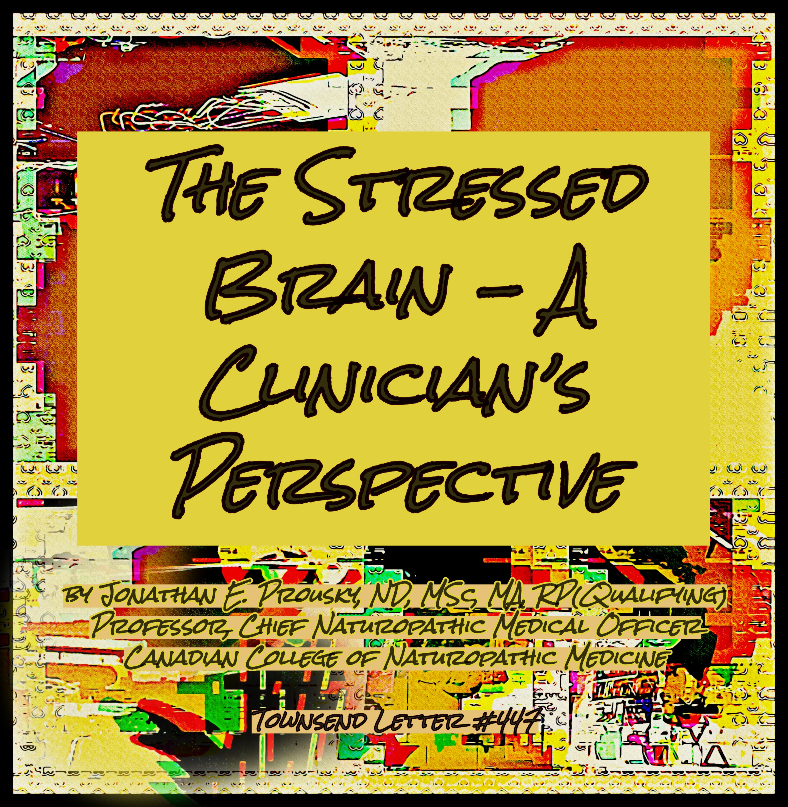
In the late 1970s while transitioning to integrative medicine, I became fascinated reading the work on calciphylaxis by the Canadian physiologist, Hans Selye. His book of the same title published in 1962 discusses experimentation he employed to create animal models of the condition. In one experiment with mice he examined the toxic effect of varying doses of chemical agents on the adrenal glands. With lower doses used over shorter periods of time, the “stress” of the chemical led to increasing hyperplasia of the adrenals. As the stress increased by lengthier exposure to the chemical, the adrenals maximized in size; and then when a certain stage was reached, the adrenal gland became exhausted and involuted to sub-normal size. Of course, he demonstrated this with autopsied photos of the mouse adrenal glands—the dramatic anatomical changes anatomically were so vivid that they persist in my mind’s eye. Selye pursued his work on stress through the rest of his academic life. A 1997 paper, “Stressors, Stress, and Neuroendocrine Integration of the Adaptive Response,” is an excellent overview on stress and its diverse interrelationships through all systems in the body.
In this issue Jonathan Prousky, ND, MSc, professor and chief naturopathic medical officer at the Canadian College of Naturopathic Medicine, begins a series of articles delineating the role of stress on the brain and its regulation. While we all acknowledge the role of stress in exacerbating psychiatric and physical illness, we generally give short shrift on how stress disrupts neurochemistry as well as hormone and immune functioning. Prousky’s paper focuses on the physiological concept of allostasis, which differs from homeostasis. While the latter refers to the body’s physiologic mechanisms necessary to maintain survival, allostasis is the general adaptation to stress that an individual mounts over one’s lifetime. Allostatic adaptation may or may not work to the individual’s benefit and counterintuitively may be counter survival. Prousky notes that there is an allostatic load that the brain must adapt to and that load may become an overload. As one might imagine allostatic load will cause the brain to dysfunction leading to “psychological distress” manifesting as anxiety, depression, insomnia, helplessness, hyperactivity, addictive behavior, suicidal ideation, delusional thinking, obsessive behavior, and more. Prousky’s paper provides a framework to understand the brain’s maladaptive response leading to the breadth of psychiatric conditions and illnesses. Future work will discuss treatment avenues for addressing the stressed and inflamed brain.

